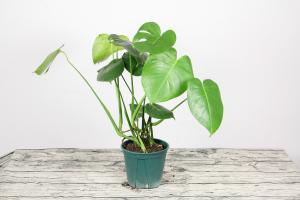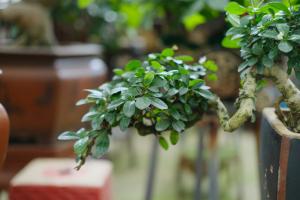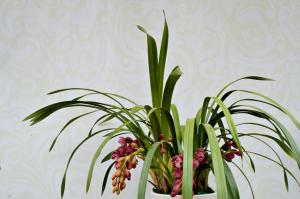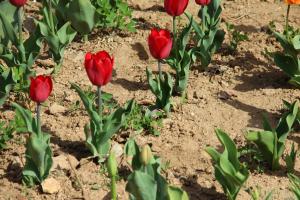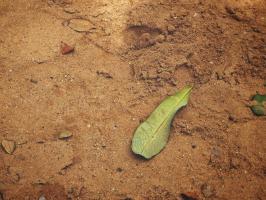Which White Oak Tree to Plant in Minnesota
White oak trees are popular for their shade, beauty, and strength. In addition to their attractive foliage, they can provide habitat for various wildlife species, such as squirrels, birds, and deer. If you live in Minnesota, and you are thinking about planting a white oak tree, you may be wondering which variety is best suited for your area.
Bur Oak (Quercus macrocarpa)
Bur oak is a variety of white oak that is native to Minnesota. It is a hardy and resilient tree that can grow up to 80 feet tall with a spread of 60 to 80 feet. Its deeply lobed leaves have a distinctive wavy outline that gives them an appealing appearance. Bur oak trees produce acorns that are relatively large, up to 1.5 inches long, and provide food for various wildlife species.
Bur oak trees can tolerate a variety of soil types, including clay, sandy, and loamy soil. They are a good choice for planting in large yards, parks, or along streets. They are also drought-tolerant and can withstand harsh weather conditions, such as winter cold and summer heat.
Swamp White Oak (Quercus bicolor)
Swamp white oak is another variety of white oak that is suitable for planting in Minnesota. It is a medium-sized tree that can grow up to 60 feet tall with a spread of 40 to 60 feet. Its leaves are less deeply lobed than bur oak leaves and have a slightly rounded shape. Swamp white oak trees produce acorns that are small, up to 0.75 inches long.
Swamp white oak trees prefer moist to wet soil conditions and can tolerate poorly drained soil. They are a good option for planting near streams, ponds, or wetlands. They also have attractive fall foliage, which turns yellow to reddish-brown.
White Oak (Quercus alba)
White oak is a common variety of white oak that can be found throughout Minnesota. It is a large tree that can grow up to 100 feet tall with a spread of 80 feet. Its leaves are deeply lobed and have a distinctive U-shaped outline that makes them easy to identify. White oak trees produce acorns that are relatively small, up to 0.75 inches long.
White oak trees prefer well-drained soil and can tolerate a wide range of soil types, including acid, neutral, and alkaline soil. They are a good option for planting in residential areas, parks, or along streets. They are also long-lived trees, with a lifespan of up to 500 years.
Conclusion
When it comes to planting white oak trees in Minnesota, there are several options to choose from. Bur oak, swamp white oak, and white oak are all attractive, hardy, and long-lived trees that can provide many benefits to the environment and wildlife. Before choosing a variety, consider the soil type, moisture levels, and location of your planting site, as well as your aesthetic preferences and the desired functions of your tree.

 how many times do yo...
how many times do yo... how many planted tre...
how many planted tre... how many pine trees ...
how many pine trees ... how many pecan trees...
how many pecan trees... how many plants comp...
how many plants comp... how many plants can ...
how many plants can ... how many plants and ...
how many plants and ... how many pepper plan...
how many pepper plan...
